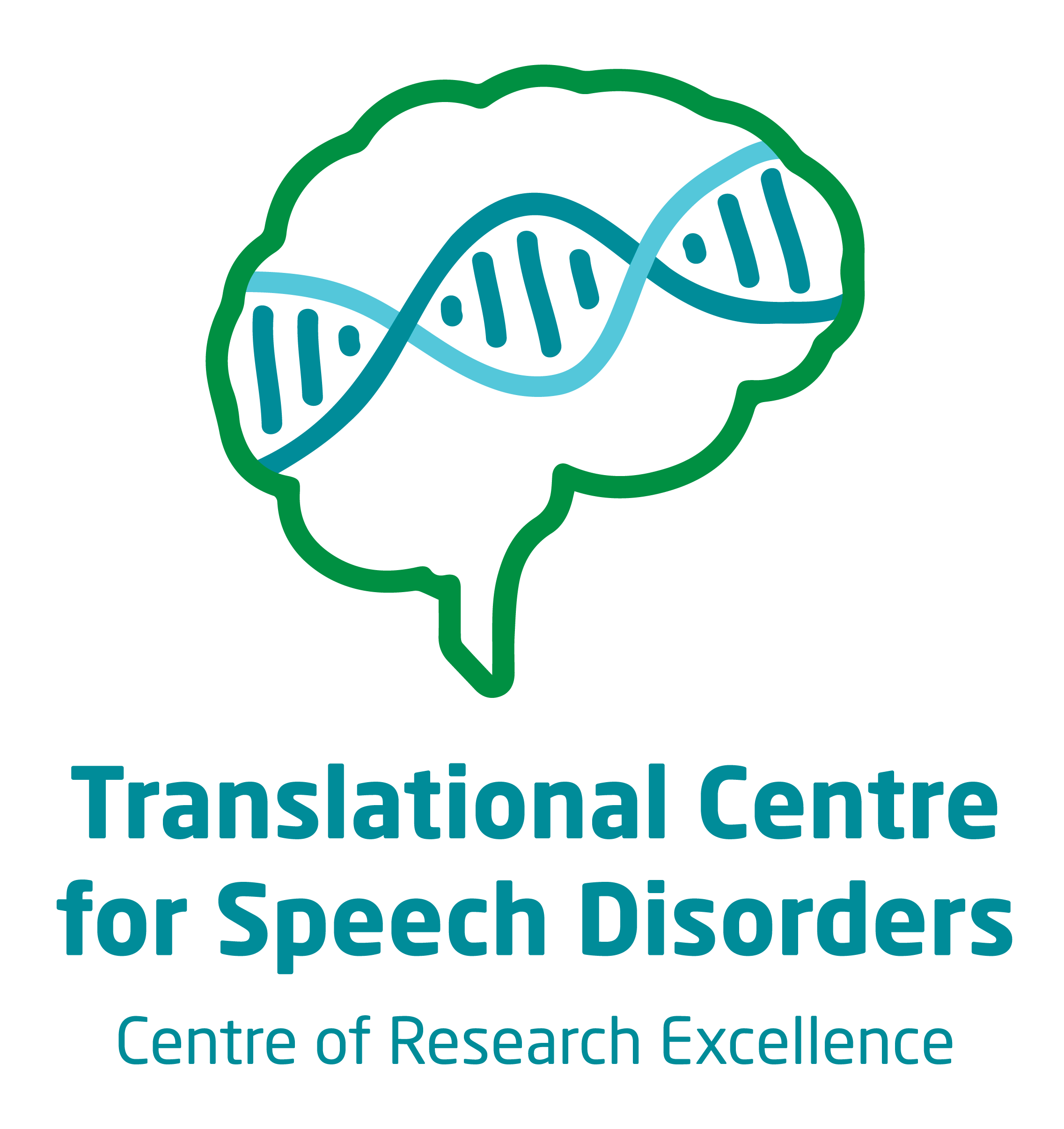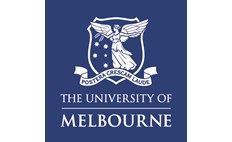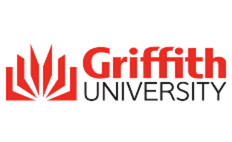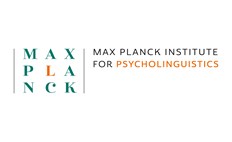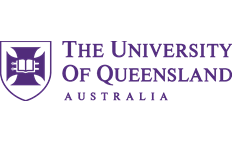ARHGEF9
What is ARHGEF9 syndrome?
ARHGEF9 is a gene located on the X chromosome. The ARHGEF9 gene encodes a protein called collybistin. Collybistin plays and important role in the synapses between neurons in the brain. There is much variability in the features shared by individuals who have ARGEF9 syndrome. For example, some individuals have seizures, hyperactive and impulsive behaviours, hypotonia (low muscle tone), and autism. 1,2 Most individuals published in the literature have moderate to severe intellectual disability, however some individuals may experience mild intellectual disability.1,2,3 Many with ARHGEF9 syndrome have epilepsy. Seizure types are varied, including; generalized tonic-clonic seizures, thermosensitive seizures, and cluster seizures.2 Several individuals have their seizures well controlled by medication. A smaller number of individuals also have autism.1,2
Contact
For further information, do get in touch with the CRE Speech and Language research team at:
Email: geneticsofspeech@mcri.edu.au
Phone: (03) 9936 6334
Frequently asked questions
There is much variation in the developmental presentation of children with ARHGEF9 syndrome. The presence and severity of other associated features (e.g., epilepsy, severe intellectual disability) may also affect speech development. Based on present research, some children with ARHGEF9 syndrome will take more time to reach developmental speech and language milestones relative to peers, while other children with ARHGEF9 syndrome are unable to speak verbally.
There is large variation in the speech and language abilities of individuals with ARHGEF9 syndrome. ARHGEF9 syndrome has been associated with Childhood Apraxia of Speech (CAS). CAS is a motor speech disorder affecting production, sequencing, and stress of speech.3,4
There is considerable variability between individuals with this condition. Currently, there is not enough data to inform exactly how speech develops overtime and when certain milestones can be anticipated. Some individuals do not develop enough verbal speech to rely on this for their daily communication needs. These individuals require augmentative and alternative communication (AAC) systems to communicate, whilst other individuals can rely on verbal speech to communicate.3
The education background of only one individual has been published in the literature so far. This individual attended a specialist education setting.3 However, any individual should be assessed for their needs, and should attend the most appropriate education setting based on their needs, the supports available in different educational settings and of course taking into consideration local educational policies.
At present, speech and language therapies are focused on the individual’s specific speech and language needs. A speech pathology assessment will pinpoint the specific areas for support, taking into consideration the goals for the individual/family. Children who have few spoken words or some words that are unclear, may benefit from augmentative and alternative communication (AAC) options (e.g., sign language, electronic speech generating devices).
For verbal children who have CAS, the Nuffield Dyspraxia Programme version 3 (NDP-3) or the Rapid Syllable Transition Treatment (ReST), are two programs which have been proven to be effective in a randomised controlled trial.4 There are currently a number of other CAS focused therapies undergoing rigorous clinical testing, including Dynamic Tactile Temporal Cueing.5 One treatment that is often used for children who are minimally verbal and who benefit from tactile prompts (prompts to the lips, cheek etc) to help stimulate speech production is Prompts for Restructuring Oral Muscular Phonetic Targets (PROMPT). 6,7 Yet to date, none of these therapies have not been specifically trialled with children with neurogenetic conditions. Further to the speech production therapies, children who have delayed language also require early intervention programs targeting early language development.8
For information and support on childhood apraxia of speech: https://www.apraxia-kids.org
References
- Alber, M., Kalscheuer, V. M., Marco, E., Sherr, E., Lesca, G., Till, M., ... & Minassian, B. A. (2017). ARHGEF9 disease: phenotype clarification and genotype-phenotype correlation. Neurology Genetics, 3(3).
- Yang, H., Liao, H., Gan, S., Xiao, T., & Wu, L. (2022). ARHGEF9 gene variant leads to developmental and epileptic encephalopathy: Genotypic phenotype analysis and treatment exploration. Molecular Genetics & Genomic Medicine, 10(7), e1967.
- Kaspi, A., Hildebrand, M. S., Jackson, V. E., Braden, R., Van Reyk, O., Howell, T., ... & Morgan, A. T. (2022). Genetic aetiologies for childhood speech disorder: novel pathways co-expressed during brain development. Molecular psychiatry, 1-17.
- Murray, E., McCabe, P., Ballard, K.J. (2015). A randomized controlled trial for children with childhood apraxia of speech comparing rapid syllable transition treatment and the Nuffield Dyspraxia Programme–Third Edition. Journal of Speech, Language, and Hearing Research, 58(3), 669-686.
- Strand, E. A. (2020). Dynamic temporal and tactile cueing: A treatment strategy for childhood apraxia of speech. American Journal of Speech-Language Pathology, 29(1), 30-48.
- Morgan, A. T., Murray, E., & Liegeois, F. J. (2018). Interventions for childhood apraxia of speech. Cochrane Database of Systematic Reviews, (5).
- Namasivayam, A. K., Huynh, A., Granata, F., Law, V., & van Lieshout, P. (2021). PROMPT intervention for children with severe speech motor delay: a randomized control trial. Pediatric research, 89(3), 613-621.
- Ebbels, S. H., McCartney, E., Slonims, V., Dockrell, J. E., & Norbury, C. F. (2019). Evidence‐based pathways to intervention for children with language disorders. International journal of language & communication disorders, 54(1), 3-19.

